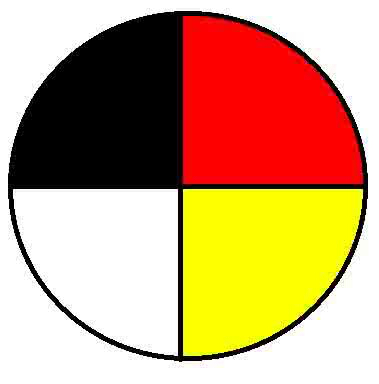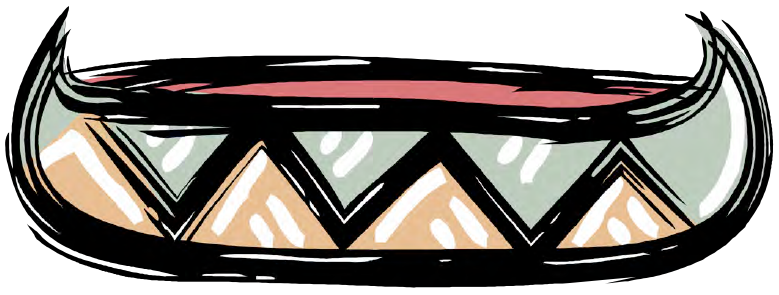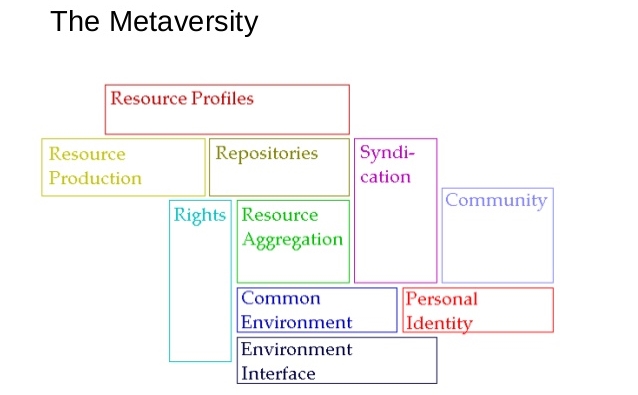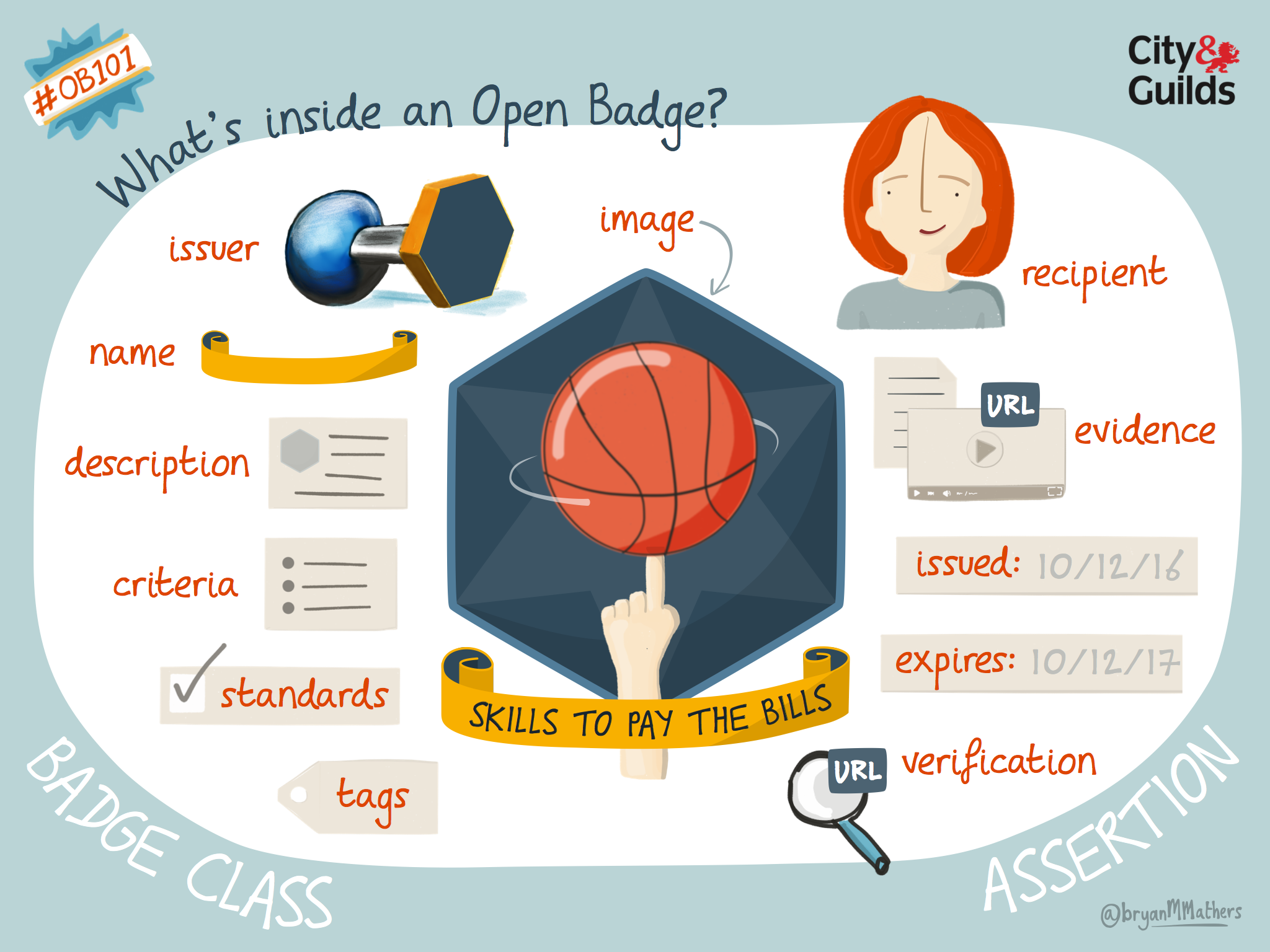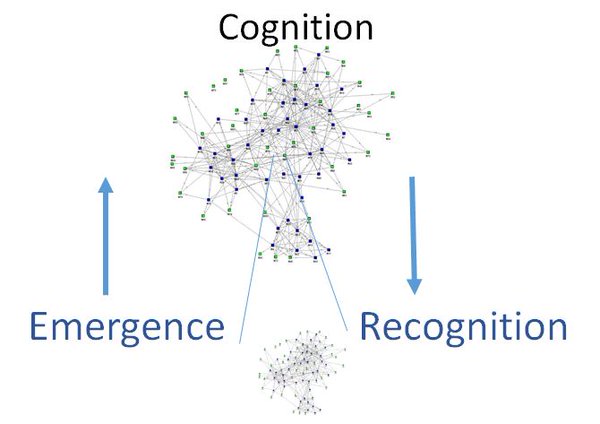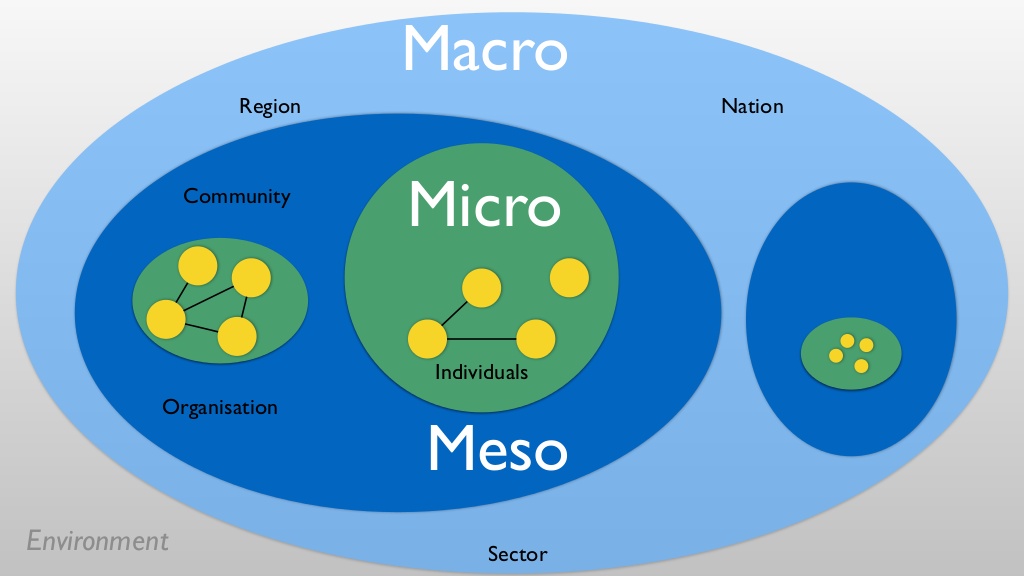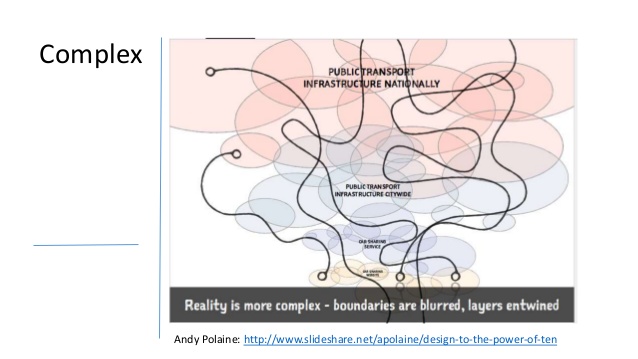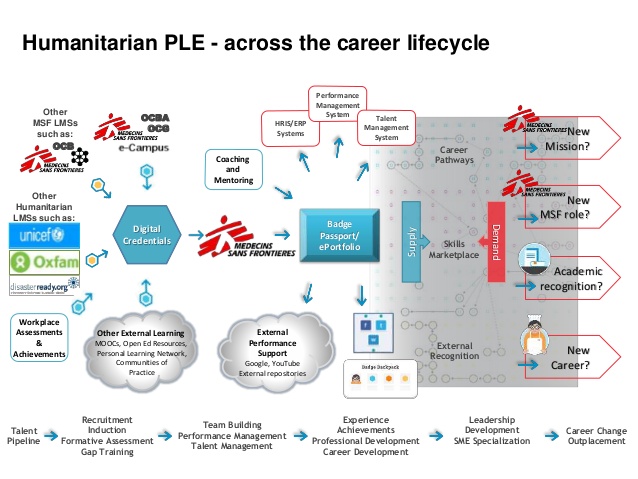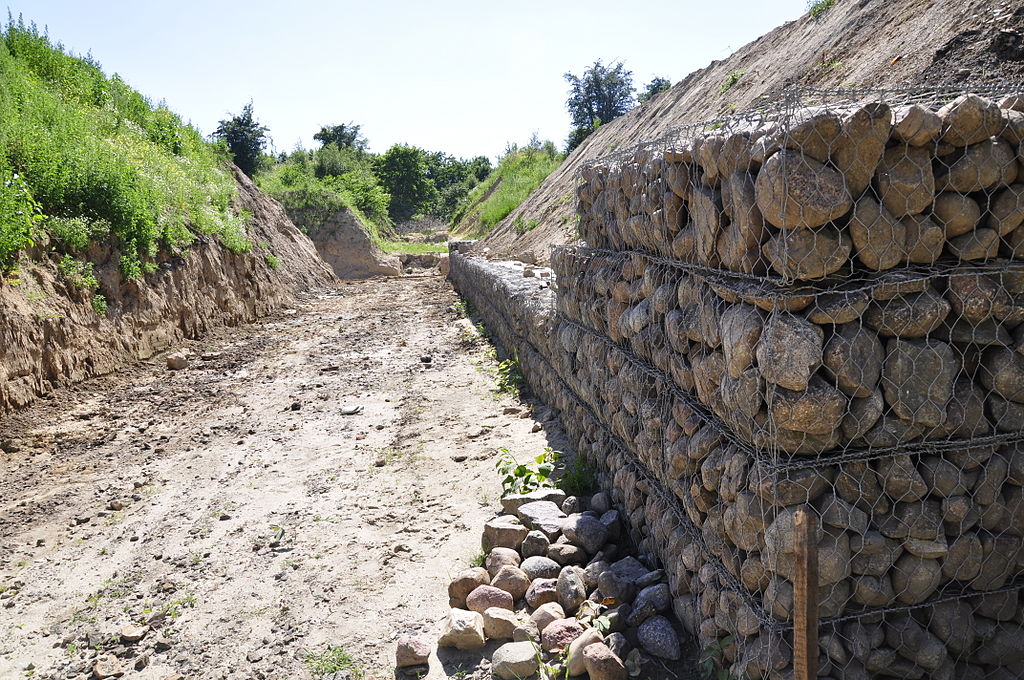This post explores the potential for developing a micro-credentialing system based on Mozilla Open Badges (* see Footnote 1) for Professional Development in Aboriginal Education (** see Footnote 2) and increased awareness of Aboriginal Canada in the broader education system.
To some extent, it builds on my earlier post: Why do K12 teachers like Open Badge eCredentials with their PD? But it also applies the principles of Global Education to a better understanding of Aboriginal Canada. The idea is to start with teacher PD but the ultimate goal is to take it to students.
As a current Winnipegger originally from Toronto, these ideas are based on my knowledge of Manitoba and Ontario and the Aboriginal projects I’ve worked on. Aboriginal Education is an important issue here in Canada. According to the Globe and Mail, “Canada’s national newspaper”:
Only 40 per cent of First Nations students living on reserves graduate from high school. They score far below other students on standardized tests. And their numbers are about to explode.
Outcomes for the vastly greater numbers of Aboriginal students in off-reserve schools are somewhat better, but still poor, compared to the rest of the population. Maamaawisiiwin Education Research Centre asks:
What are our children and youth experiencing in the classrooms…? And what is the experience doing to them?
Have we come far enough from the bad old days of residential schools whose wounding impact the Truth and Reconciliation Commission was established to help heal?
Can eCredentialing with Open Badges help bridge gaps in Aboriginal Education, starting with transforming the knowledge, attitudes and capabilities of teachers?
It would be just one element among many others trying to help solve a huge issue, fraught with controversy and past failure. But I believe it could help and I’m beginning to see a willingness to try new ideas in the emerging policies of our new federal government.
Educator PD: Early Traction for Open Badges
Why start badging with educators? Well, I like what VIF International Education has to say about it:
We believe that education has the power to change the world. And we see teachers as force multipliers with the potential to reach and affect huge numbers of young minds. So we start with teachers.
And educators seem to really like having their PD recognized with micro-credentials. I’ve blogged previously about PD badging initiatives such as Digital Promise and PD Learning Network. I like the self-directed, evidence-based approach I often see in educator PD. It’s not just about rewarding attendance at conferences and workshops.
I recently came across this October 2015 EdSurge article, written by the Superintendent of the Houston Independent School District (HISD) about their global learning initiative: “So You Want to Drive Instruction With Digital Badges? Start With the Teacher.”
This edited excerpt nails the case for inquiry-based, knowledge-building, badge-recognized PD:
What makes the digital badging system different from more traditional forms of professional development are five key features that taken together increase significantly the likelihood that the learning experience for a teacher will lead to results in the classroom for students — which, after all, is the point of professional development. The five features:
- Badging requires demonstrating understanding and implementation of a target content or skill.
- Badging provides recognition and motivation.
- Badging allows for knowledge circulation among teachers.
- Badging can be tracked and assessed.
- Badging is a scalable enterprise.
Global Education for Teachers and Students
Houston’s badging initiative is a partnership with VIF International Education, mentioned above who was one of the winners of the DML Trust Challenge with their proposal “Global Gateway: Building Trust Through Peer Review”.
Their approach:
We support teachers in developing and applying global competence in their classrooms through focused and measurable professional training, flexible resources and peer-to-peer collaborations.
Have a look a this short video explaining the process:
Aboriginal Education in Canada – In Transition
Although I’ve been speculating about badges for Aboriginal education for some time, the trigger for this post was a Teacher PD panel at the HEQCO Transitions conference last week. The panel focused a lot on Aboriginal Education due to participation by John Hodson of Maamaawisiiwin Education Research Centre and Kyle Hill of Teach for Canada.
Here in Canada, Aboriginal Education is getting lots more play recently, due to the December 2015 release of the Final Report of the Truth and Reconciliation Commission and its acceptance by Justin Trudeau, leader of the new federal government which in its historic 2016 budget allocated $2.6 billion of new funding over the next five years for primary and secondary schooling on reserves.
One common thread is teacher capacity, particularly in terms of knowledge and attitude. This is very important for schools on reserves but also for the more than 80% of Aboriginal kids educated off-reserve (at least in Ontario) – and for the rest of our population to better understand Aboriginal Canada and our relationship to it.
Some Ideas for Recognizing Aboriginal PD with Open Badges
These ideas are exploratory and in no way exhaustive. They range from easy to more ambitious. They can be said to have formative, summative and transformative elements in different degrees.
Some of these ideas attempt to transfer VIF’s approach to Global Education to a notion “Inter-Nation” education, between Aboriginal Canada and the rest of our population.
Naturally, these ideas would need to be realistically evaluated in light of the needs and choices of Aboriginal stakeholders, political realities of federal-provincial relations and labour relations with teachers.
IDEA 1: Recognize in-service workshops
This can be fairly straightforward, merely digital recognition of current practice, but care should be taken in introducing it, to test engagement and take up. Small-scale pilots and proofs of concept may be the way to start, so that assumptions can be tested and adjustments can be made early on.
Micro-credentials awarded should be aligned to familiar PD frameworks and enhanced Aboriginal curriculum frameworks such as:
- The grade-leveled themes in the Ontario FNMI Toolkit:
- Aboriginal Peoples and Organizations
- Culture, Tradition, and Language
- Cross-Cultural Perspectives
- Celebration
- Current and Historical Issues
- Themes in Manitoba’s Native Studies S1-S4 curriculum:
- Aboriginal Identity
- Environmental Harmony
- Aboriginal Contributions
- World Issues
IDEA 2: Recognize self-directed learning
As with Digital Promise and PD Learning Network, teachers could engage with resources independently, reflecting forward on how their new learning may affect their practice and reflecting backward on its actual impact. They may also develop other evidence of their learning for evaluation when challenging for badges.
This is still not much of a stretch, merely applying a well- tested PD approach to a new domain and different standards. But it should fit in with our PD practices up here.
IDEA 3: Recognize new contributions to shared knowledge
My idea here is to adapt the VIF International Global Gateway model, as described by a participating school superintendent:
Participating teachers advance through a series of inquiry-based professional development modules. Teachers are awarded a digital badge for the successful completion of each 10-hour module. To accomplish this, they must complete the following steps: 1) study module content, 2) participate in a focused discussion with peers working on the same module, 3) create an original inquiry-based global lesson plan that incorporates new learning, 4) implement the original lesson plan in the classroom, 5) provide evidence of classroom implementation and 6) reflect on and revise the lesson created.
The final product of every module is a tested, global lesson plan that articulates learning objectives, activities, assessments, and resources for each stage of inquiry. Upon completion, teachers may publish finalized lessons in a resource library where they can be accessed by other educators.
Imagine this global learning model applied to “inter-nation” learning for Aboriginal Canada. It would take a lot more effort to set up, but there is exciting potential here.
Benefits: formative, summative, transformative
In her introduction to Making Professional Learning Count, a research report on teacher attitudes to micro-credentials, Karen Cator of Digital Promise had this to say:
How can we clearly articulate existing and emerging competencies and support and recognize the accomplishments of educators as they develop throughout their careers? How can we better connect educators with peers so they can share and more quickly adopt best practices? And, what are ways teachers can be supported while driving their own learning? As an emerging professional learning strategy for educators, micro-credentials show great promise.
Other initiatives have shown that recognizing the learning of teachers is a great way to seed ideas for recognizing the learning of students.
We also have the Manitoba example of Igniting the Power Within, which also started with professionals, in this case community advisors and counsellors. The project developed and tested curriculum and resources about workplace Essential Skills and RPL. Using a portfolio framework, this richly metaphorical authentically appreciative learning model has been used in Aboriginal communities to recognize and document the skills, knowledge and gifts we all have. It has made an impact on the lives of thousands of people.
Teachers and other professionals who have earned micro-credentials can think of creative ways to transfer their own experience to their students and clients.
In the spirit of appreciative inquiry, this kind of modular recognition can build learning pathways based on small positive steps, starting from where each person is at. This could be a Western teacher unaware of Aboriginal Perspectives or a student unaware of the Western scientific method.
This illustration from a Manitoba curriculum document draws on work from Alaska to describe the similarities and differences between Aboriginal and Western Ways of Knowing.
I see it as a map indicating how to bring communities together to find shared values through connected learning.
I see Open Badges all over it.
FOOTNOTE: Mozilla Open Badges*
Open Badges were originally developed to recognize learning anywhere, reaching out to at-risk populations with connected learning and appreciative recognition opportunities, as the Cities of LRNG website states:
There is a disconnect in today’s traditional education system, which leaves many youth disengaged in school and unprepared for the workplace and community. Now more than ever, young people need access, inspiration and guidance.
Here’s a brief intro to Open Badges that may help those new to the topic:
FOOTNOTE: Aboriginal**
In Canada, when we say Aboriginal, it’s an inclusive term that means First Nations (mostly treaty-based, on reserve and off), Métis (mixed race, with a distinct culture, recently achieved official status) and Inuit (also incorrectly called Eskimo) populations. People in the US might just say “Native Americans”.
University

